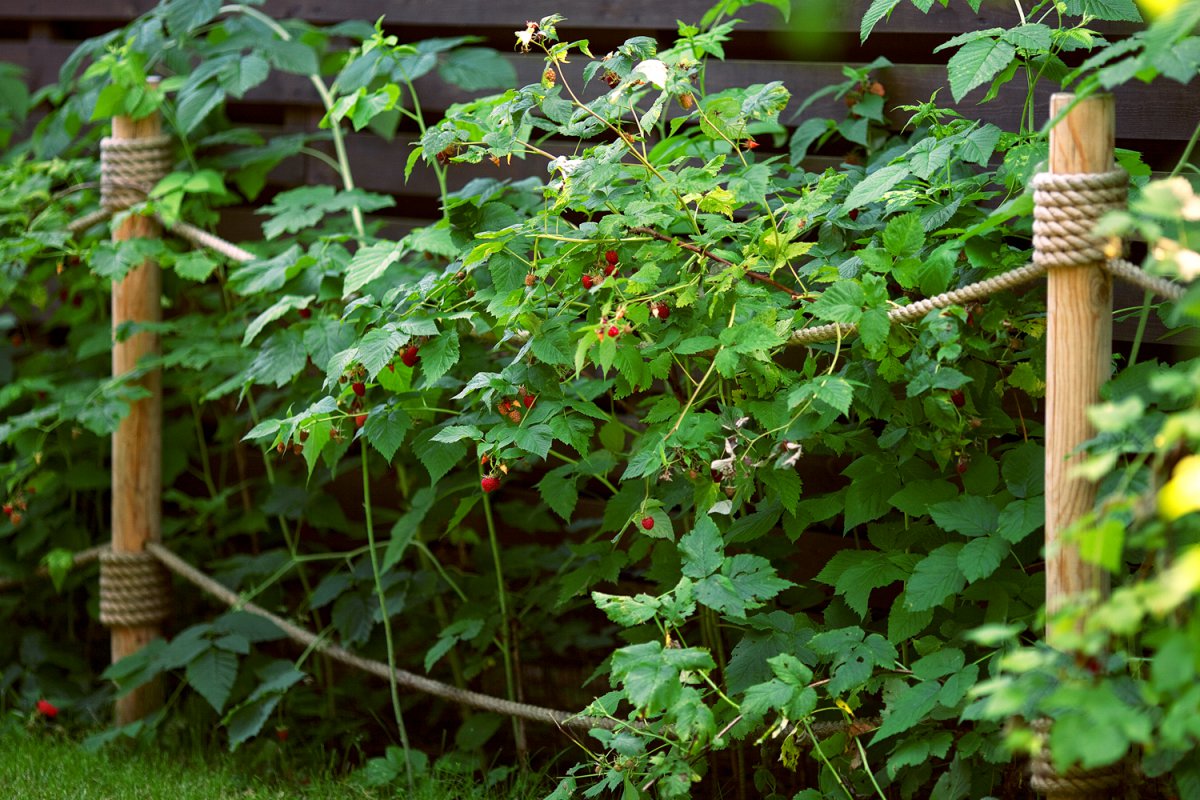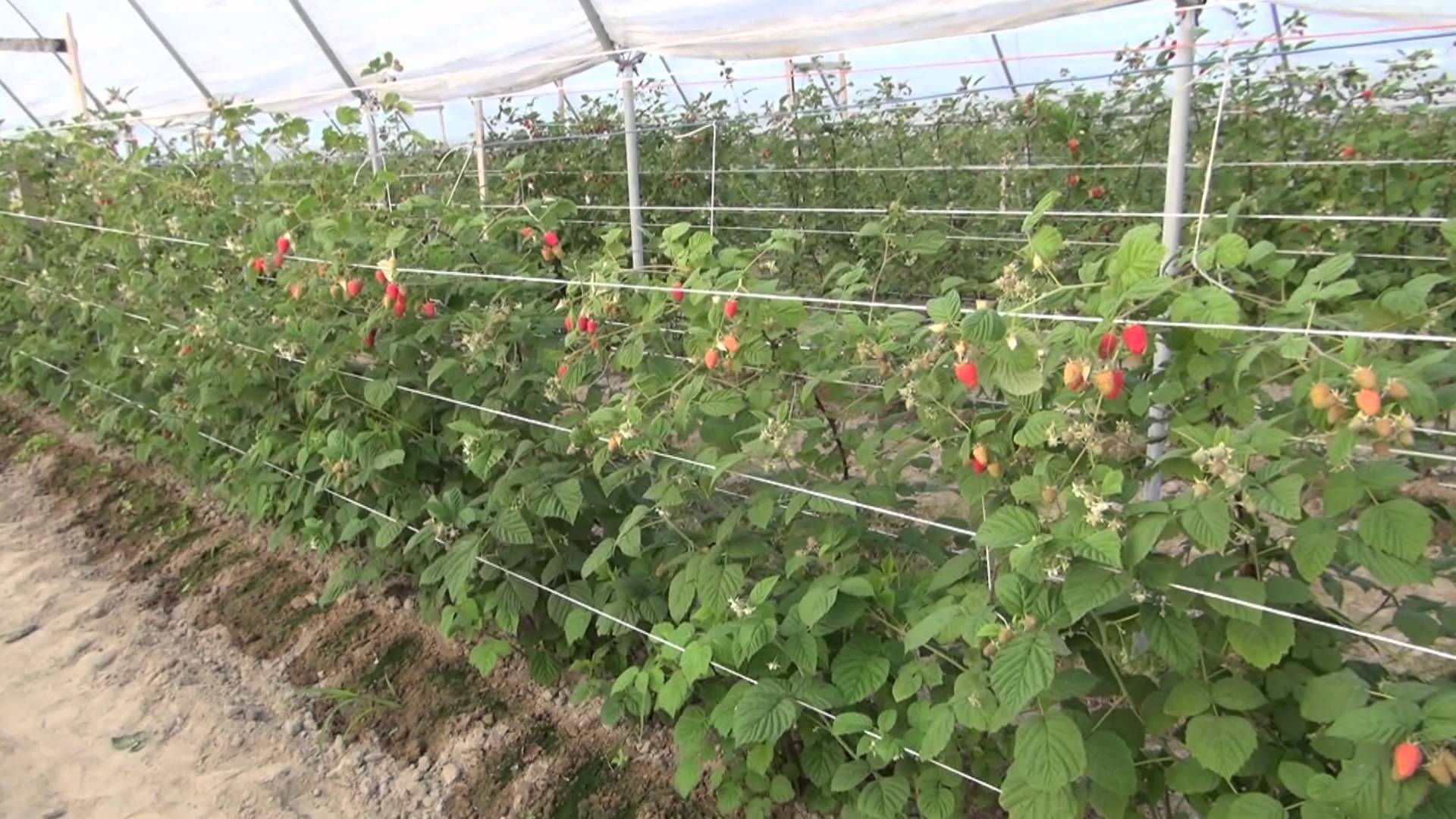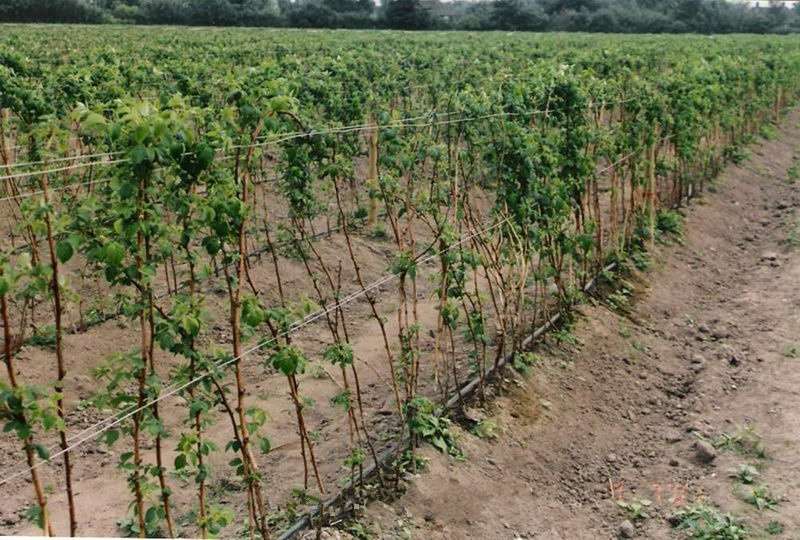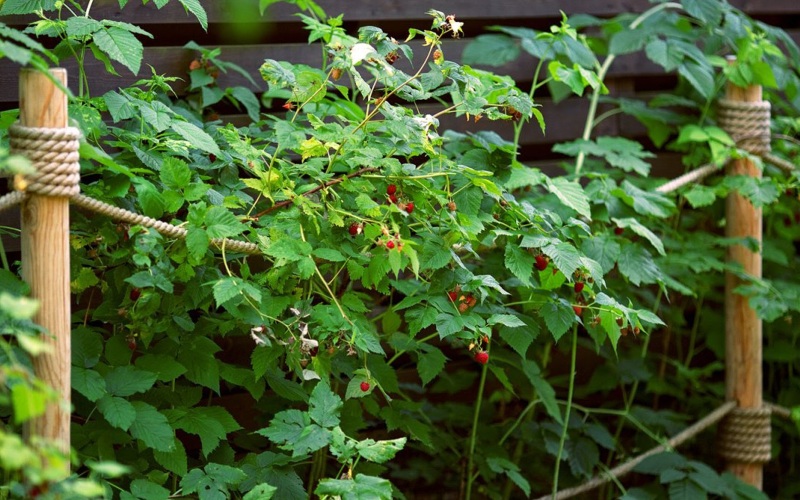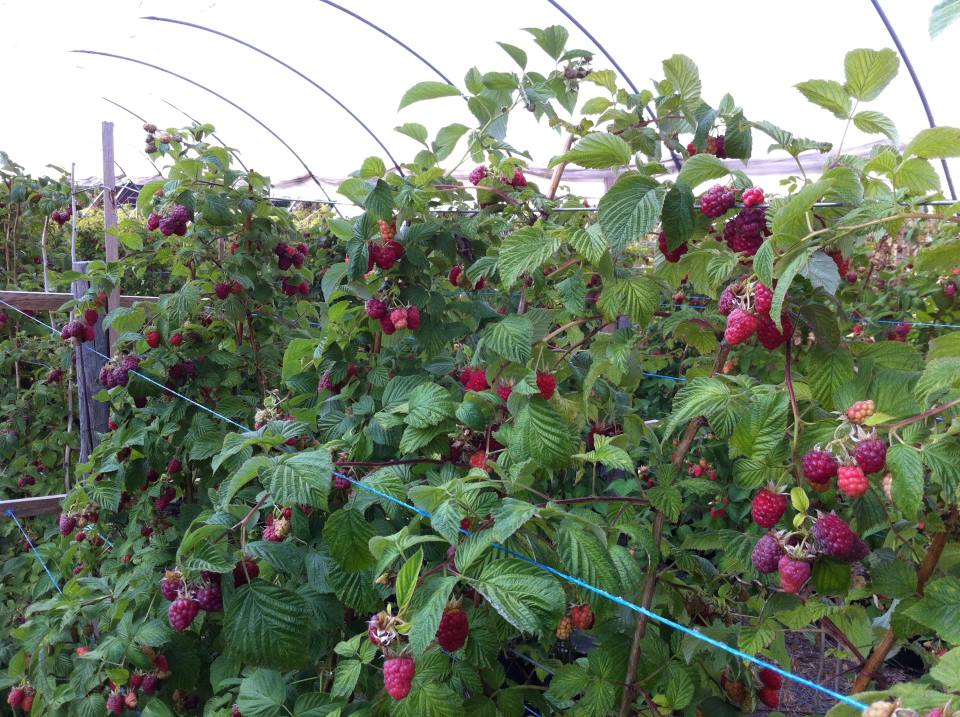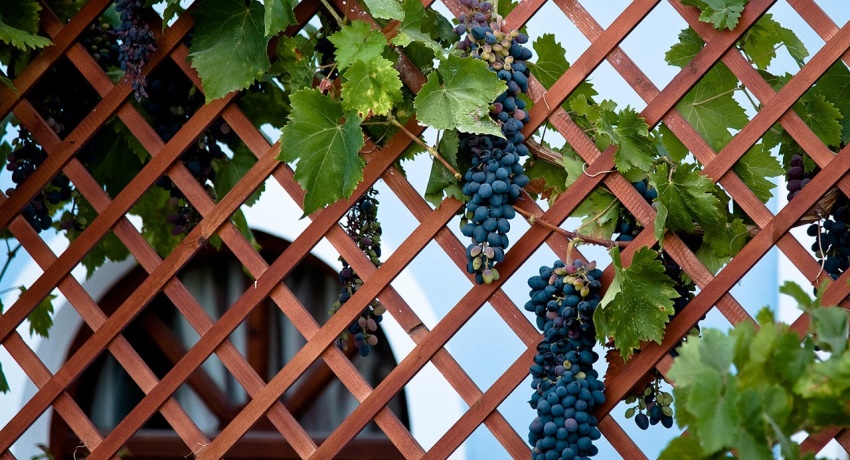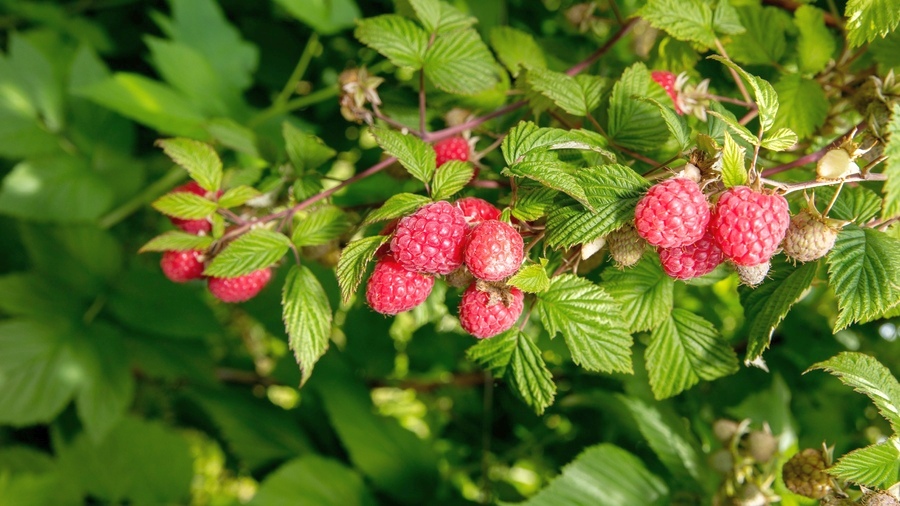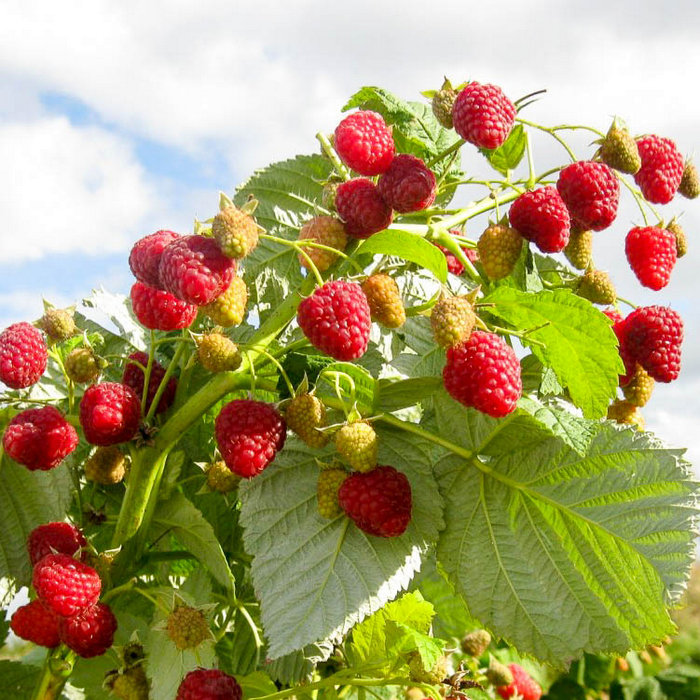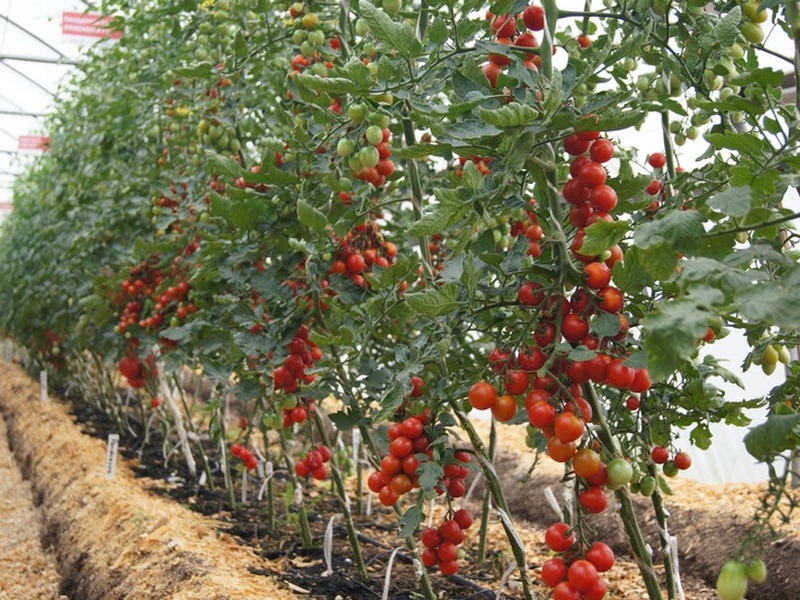Content:
Almost every Russian summer resident is engaged in the cultivation of one or another variety of raspberries on their site. It is quite easy to care for this wonderful horticultural crop. However, the correct raspberry garter requires some knowledge. You can carry out a raspberry garter in one of the existing ways.
Why is it necessary to tie up raspberries
Obtaining a high yield of raspberry bushes is possible only if the peculiarities of planting care are observed. Tying up the bushes is a must-have care process for excellent results. Failure to do this will result in seasonal picking of small sized and tasteless berries. Therefore, before tying up raspberries, you should familiarize yourself with the technical features of the correct conduct of this garden event.
In some cases, it is not necessary to carry out a raspberry garter to achieve a bountiful harvest. For a number of varieties, the garter is not a mandatory garden event. However, most of the varietal varieties of yellow and common raspberries must be tied up.
This is due to the fragility and flexibility of their shoots, which break under a number of conditions:
- gusty wind of great strength;
- prolonged rainfall;
- abundant fruiting;
- too tall bush.
Important! If you tie up raspberry bushes, the harvesting procedure at the end of summer becomes easier - thorny and sprouting shoots in different directions are arranged in an orderly manner.
However, the primary reason for tying up raspberry bushes is to increase yields, since abundant lighting is needed to make the fruits sweet and large.
Note. Carrying out a raspberry garter in the spring is carried out before budding on the shoots. Tying the bushes at the end of the autumn season is carried out to ensure the safety of the plant in the conditions of the arrival of winter.
As a plant, the raspberry bush is considered an unpretentious garden plant. But, if you do not carry out the necessary care measures, which include tying, the bush planting will overgrow with young shoots and run wild.
The advantages of the raspberry garter process are:
- protection against lesions by fungal diseases;
- prevention of the appearance of insects;
- improving germination conditions for central shoots;
Important! Landings that are in the thick, when planting dense rows, are subject to rapid withering away.
- a ripe crop from large berries does not contribute to the breakdown of the bush;
- unfavorable weather conditions do not affect the safety of the stems;
- tying and ripening of raspberries occurs rather quickly;
- uniform ripening of fruits;
- facilitating the harvesting process.
Interesting. Compliance with all the conditions for the correct raspberry garter will help to achieve excellent yielding results.
How to quickly tie up raspberries
Not every novice gardener knows how to tie raspberries correctly.
This question does not lose its relevance, since raspberries can be tied up, relying on the observance of one of the existing techniques:
- Stacking the garter consists in securing 7 stems, connected in the form of a bundle and fixed at a height of one and a half meters. The garter of crimson stems is carried out on a two-meter-high stake, placed in the center of the beam. The upper part of the tallest shoot bends in an arc and attaches to a support;
- The fan-shaped garter involves placing stakes in the aisles. The hammered stake serves as a fastener for half of the shrub, each tied on its side. As a result, the right side of the stake serves as a fastener for the stems of one planting, and the left side serves as a fastener for the neighboring bush. The stakes are driven in with the expectation of maintaining a two-meter height on the surface. Tied up shoots of raspberry bushes visually resemble a fan, which gave rise to the name. Despite the fact that the fan-shaped method of garter raspberries promotes the flow of a greater volume of air and sunlight to the young growth growing in an upright position, it cannot be called widespread among summer residents;
- Tying raspberries with a trellis method provides for a supporting structure in the form of small pillars with a wire that is stretched between them.
Most often, gardeners who specialize in the question of how raspberries are tied up fix the raspberry bushes with a stake method. This is due to the simplicity of its implementation, cost-effectiveness and the absence of the need for significant time costs. It is very widely used in small-sized raspberries.
Note. Wooden stakes can be replaced with reinforced concrete posts or metal pipes.
The disadvantages of the stitched garter technique are:
- uneven access of sunlight to raspberry shoots;
- slow development of ovaries inside the planting;
- weak protection of branches from breaking off;
- thickened stands are at greater risk of disease or insects.
Useful information. In recent years, among gardeners, the trellis method of garter raspberries has gained the greatest recognition.
Today, the most innovative way to tie up raspberries is considered to be a trellis, used for implementation in large garden areas with raspberry plantings in rows. With this method of garter, the plant receives uniform illumination, the branches do not fall to the ground from squally gusts of wind. With the correct implementation of this technique, the harvesting process and preventive measures against pests will be significantly simplified. When choosing a trellis garter method, the yield of raspberry bushes will double.
Varieties of trellis fastenings
There are a number of raspberry garter techniques.
Single trellis garter
A single trellis garter assumes the creation of a support by three-level wire tension between small posts.
Brief instructions on how to fix raspberry bushes on a trellis support:
- two-meter pillars to a 0.5-meter depth are dug into the soil;
- the placement of the supports relative to one another is 4 meters;
- retaining pillars are dug in;
- the remaining supports are placed;
- pull three rows of wire;
- fix the structure with bolts and brackets.
The trellis structure is compact, which allows it to be erected in small gardens. With this method, each stem of a raspberry bush, including the remontant variety, is tied separately, which guarantees an abundant supply of sunlight and protection from the winds.
The downside of choosing a trellis garter is the risk of breaking fruiting branches during harvest in the fall, which can happen if there is no garter to the row closer to the ground.
Fastening to a double trellis
Double garter on the trellis is carried out on two installed cross-pieces, the height of which is about half a meter.A wire is pulled at the ends of each of them. The lower edge of the wire is positioned at a meter height, and the upper one - at the level of 1.5 meters. The construction of a double trellis structure allows the placement within the same territory of the number of fruiting shoots, several times greater than the number of stems that can be tied to a single trellis, which will allow you to get a larger yield. But collecting ripe fruits and cutting off the stems with this method of fastening becomes more problematic. You can also injure your hands on the thorny stems of a raspberry bush. There is also a high risk of damage to shoots.
The construction of the trellis in Scandinavian style
If a novice gardener is worried about how you can beautifully enclose raspberries, it makes sense to pay attention to the Scandinavian scheme for constructing a support structure. The Scandinavian trellis garter method consists in the construction of a wire structure on a meter-high cross-bar, which is located at a distance of a meter from the ground surface. You also need to install paired pillars. Adjacent paired struts are spaced at the same spacing. Circling around the Scandinavian trellis structure, the stems of the raspberry bush sprout in the form of a V-shaped profile.
Garter on a mobile turnstile
The technique of the tapestry garter on the movable turnstile is complicated according to the execution technique. The advantage of this design is the ability to change the position of the props towards a vertical or horizontal inclination with fixed fruiting shoots, the maximum limit of mobility of which is 120o. Fruit collection is greatly facilitated. A rich harvest is achieved due to good sunlight on the fruiting stems.
Is it necessary to tie up raspberries
Not all gardeners carry out a spring garter of raspberry bushes. This is due to the fact that there are special varieties that do not need to tie up bush plantings to the trellis structure.
Growing raspberries without fastening to a trellis support is allowed provided that the erect stems are strong and strong enough. Such varietal raspberries can be either red or yellow. The height of shoots on bush plantings of such varieties does not exceed the 1.8-meter mark. Even with an abundance of large-sized crops, varietal plantings do not fall to the surface of the earth due to the pressure created.
However, the bushes of this group of varieties are formed according to a special technology:
- Replacement stems are not cut off after the first year of germination. The vegetative period ends with the formation of a wide strip of stems with green shoots;
- With the onset of spring, shoots whose germination point has gone beyond the ridge are removed;
- Plantings planted within the ridge are thinned out. A twenty centimeter distance is maintained between the preserved stems. Usually, about twenty shoots remain within a square area.
Despite the absence of a garter, the productive productivity of raspberry plantings remains at a high level. However, it is recommended that novice gardeners still carry out garter measures for several years before gaining experience.
There are several ways to tie raspberry bushes onto a trellis fence. To choose the right technique, how to tie raspberry bushes, will help the presence of certain knowledge about the varieties grown on the site, as well as the territorial conditions of the raspberry tree. Knowing how to tie raspberry plantings, you can significantly increase the quantitative indicator of yield. To build any of the presented trellises, only basic knowledge from drawing lessons and pre-prepared building materials are needed.
